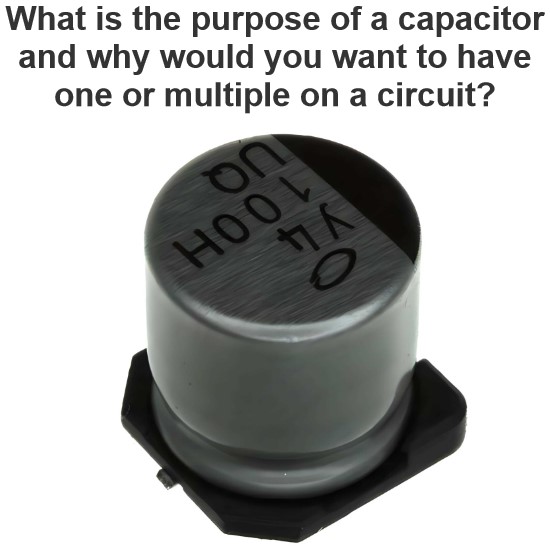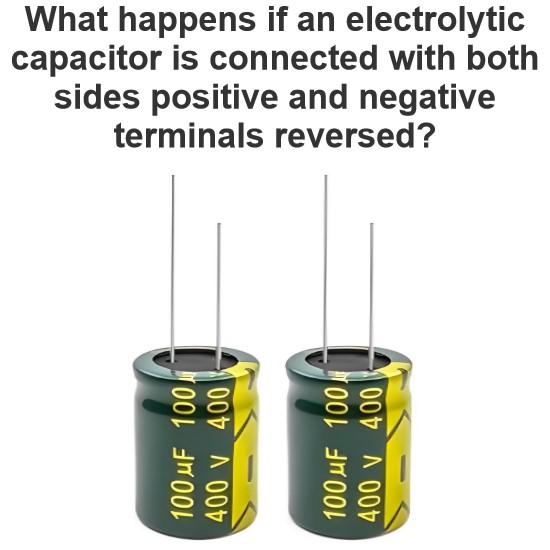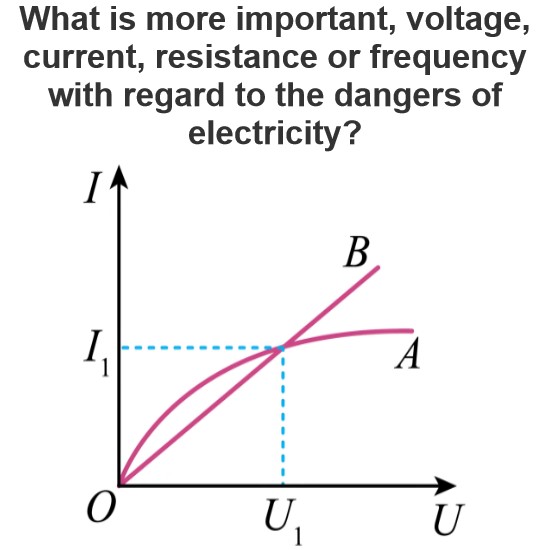The circuit working principle of one-way switch
A one-way switch is the most basic type of switch that has only one input (often called the "normally on" or "normally closed" state) and one output. The working principle of the one-way switch is relatively simple, but it has a wide range of applications in various electrical and electronic devices. The following details the circuit working principle of the one-way switch:
The basic structure of a one-way switch
A one-way switch usually consists of the following parts:
Contact: A metal part used to open or close a circuit.
Handle: The manual part used by the user to operate the switch.
Spring: Used to reset the contact when the switch is released.
Working mode
One-way switches have two basic ways of working:
Normally open: When the switch is not activated (that is, not pressed or rotated to a certain position), the contact is disconnected. When the switch is activated, the contact closes and the circuit closes.
Normally closed: When the switch is not activated, the contact is closed. When the switch is activated, the contact is disconnected and the circuit is disconnected.
Circuit diagram symbol
In circuit diagrams, one-way switches are usually represented by the following symbols:
Normally open switch: Two parallel short line segments, with a vertical short line segment in the middle, indicating that the contacts are separated in the inactive state.
Normally closed switch: two parallel short line segments, with a vertical short line segment in the middle and a small circle above, indicating that the contact is closed in the inactive state.
The working principle is explained in detail
Normally open switch
Inactive: The contacts are separated and the circuit is disconnected.
Active state: When the switch is pressed or moved to a certain position, the contact is closed, the circuit is connected, and the current can pass through.
Normally closed switch
Inactive: The contact is closed and the circuit is on.
Active state: When the switch is pressed or moved to a certain position, the contact is disconnected, the circuit is disconnected, and the current cannot pass through.
Application example
One-way switches are widely used in daily life, such as:
Lamp switch: usually use the normally open switch, press the switch after the light up.
Household appliances: such as rice cookers, electric kettles, etc., may use normally closed switches to control the start and stop of heating elements.
Electronic toys: Use a normally open switch to control the power supply of the toy.
Matters needing attention
The following points need to be noted when using one-way switches:
Choose the right switch type: Choose the normally open or normally closed switch according to the application requirements.
Switch capacity: Ensure that the rated current and voltage of the switch can meet the needs of the circuit.
Safety considerations: When using switches in high-voltage or high-power circuits, special attention needs to be paid to safety measures to prevent electric shock or other safety accidents.
Sum up
A one-way switch is one of the most commonly used types of switch in electrical and electronic equipment, which controls the operating state of the device by simply switching on or off the circuit. It is very important to understand the working principle of one-way switch for circuit design and maintenance.
The Electricity Encyclopedia is dedicated to accelerating the dissemination and application of electricity knowledge and adding impetus to the development and innovation of the electricity industry.




